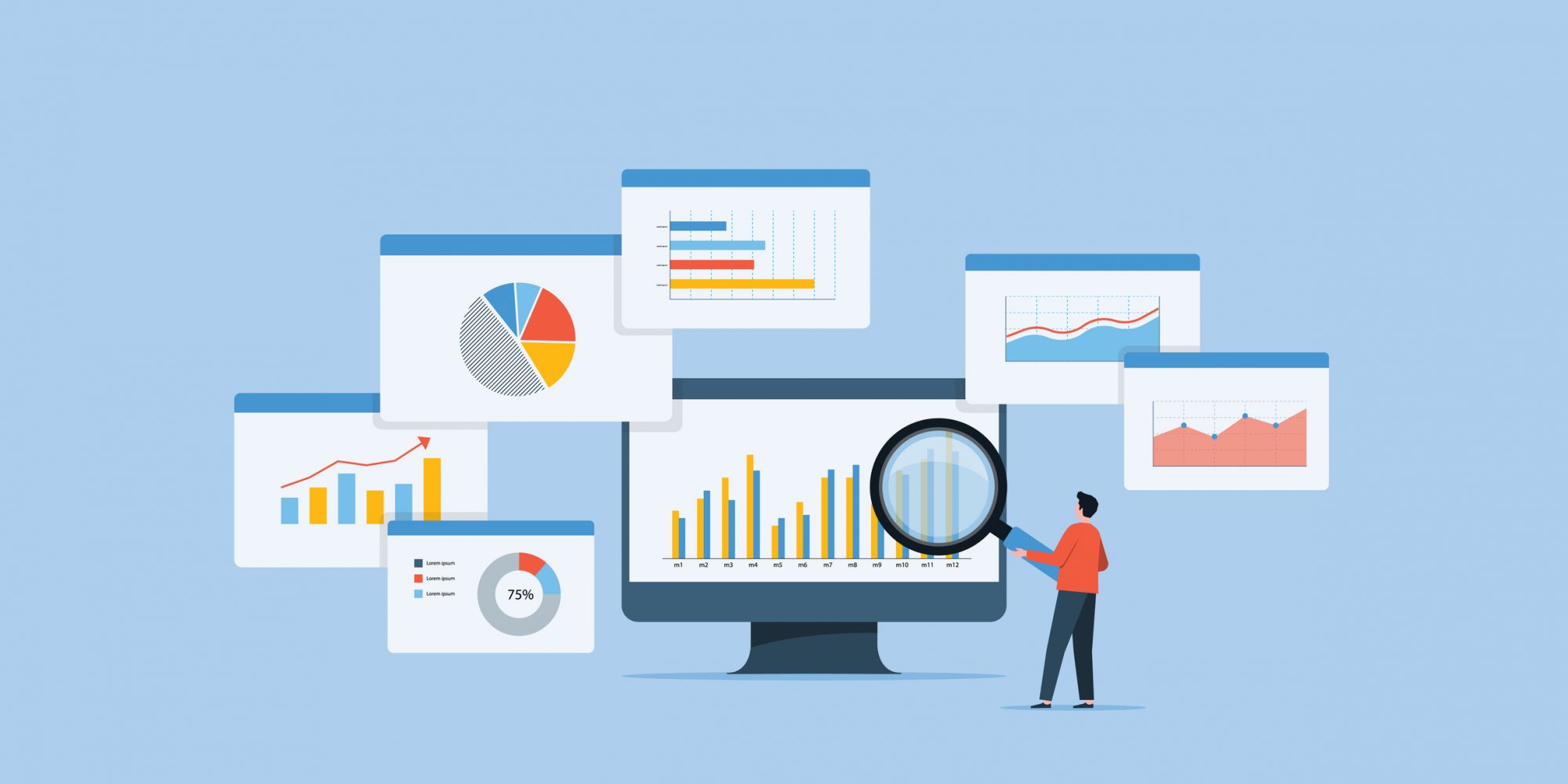SAS Viya 4, the next version of the analytics firm’s cloud platform, is already “breaking down” walls within organizations seeking to take advantage of collected data, according to Jonathan Wexler.
“It’s not the traditional SAS experience,” the senior manager of decision product management at SAS told IT World Canada shortly after SAS announced the acquisition of U.K channel partner Boemska. Long-gone are the lengthy contract negotiations and license renewals, Wexler noted, and instead, customers are opting for cloud-native platforms that can run on-prem or as-a-Service. Playing nice with others is also par for the course these days, so customers need these platforms to embed themselves in other applications.
That’s what Viya 4 is all about, and Boemska is destined to merge with it, he said.
“Their technology will be integrated fully into the Viya experience,” Wexler explained. Boemska will provide upgraded, cloud-native SAS application portability for mobile and enterprise applications, a new workload management tool and deployment using low/no-code features.
Viya’s potential uses in wearable devices and the Industrial Internet of Things is also significant. A customer could embed the software in cameras and factory floor sensors to detect defects. Equipment in hospitals and other non-enterprise environments could also benefit.
Wexler pointed out how the Microsoft Power Platform (including Power BI) are often found in the environments that SAS is seeking to penetrate. That’s a big reason why SAS made Microsoft Azure the preferred cloud platform for its analytics portfolio.
“And our focus isn’t just Microsoft. We have plans for the near future to support other cloud providers,” he said.
Building on partnerships
SAS has deep partnerships with Canadian organizations such as Canada’s Centre for Addiction and Mental Health and large financial institutions. CAMH has been licensing SAS for several years, using the platform to make sense of the copious amounts of data amassed since turning to an electronic health records system in 2014.
With SAS Office Analytics running in the background, CAMH secured funding for 23 acute care beds thanks to a detailed examination of demographics, trends, and bed counts – data that was quietly sitting under their noses for years.
In case you missed it:
How SAS and CAMH are driving results with data analytics
Examples like CAMH help the rest of the market become less fearful of analytics software, which is what SAS is hoping to achieve on a mass scale, Wexler explains.
“You always had to be a programmer or data scientist to approach analytics,” he said. “We’re finding it’s becoming more approachable.”
Channel partners are a big part of that process, Wexler added. Partners have strong relationships with risk-averse organizations and can effectively craft a real business case for analytics capabilities. “Partners are playing a big role in our marketplace. We want SAS to become part of those apps.”
